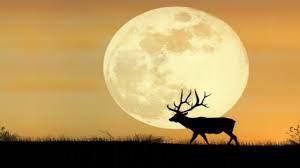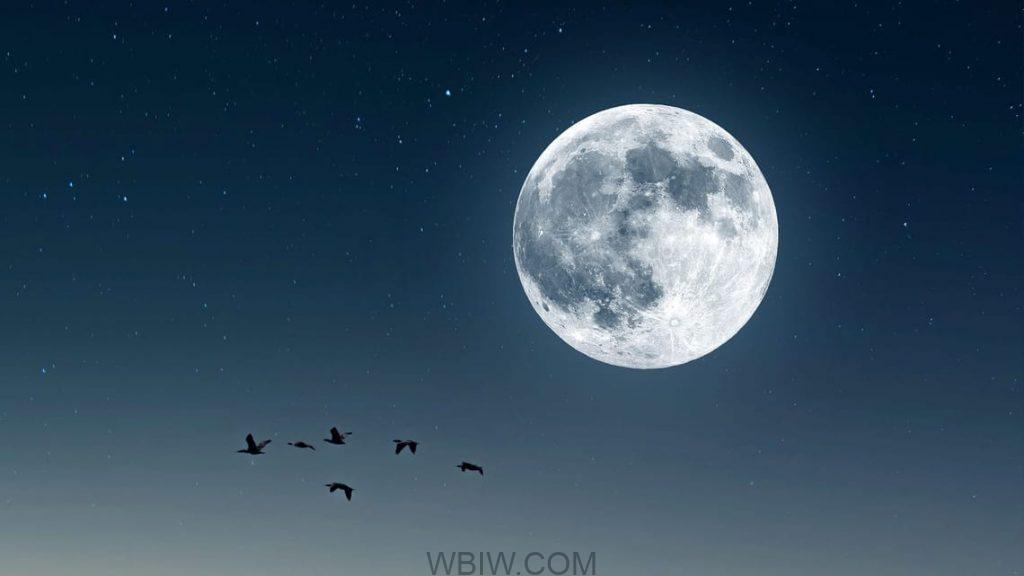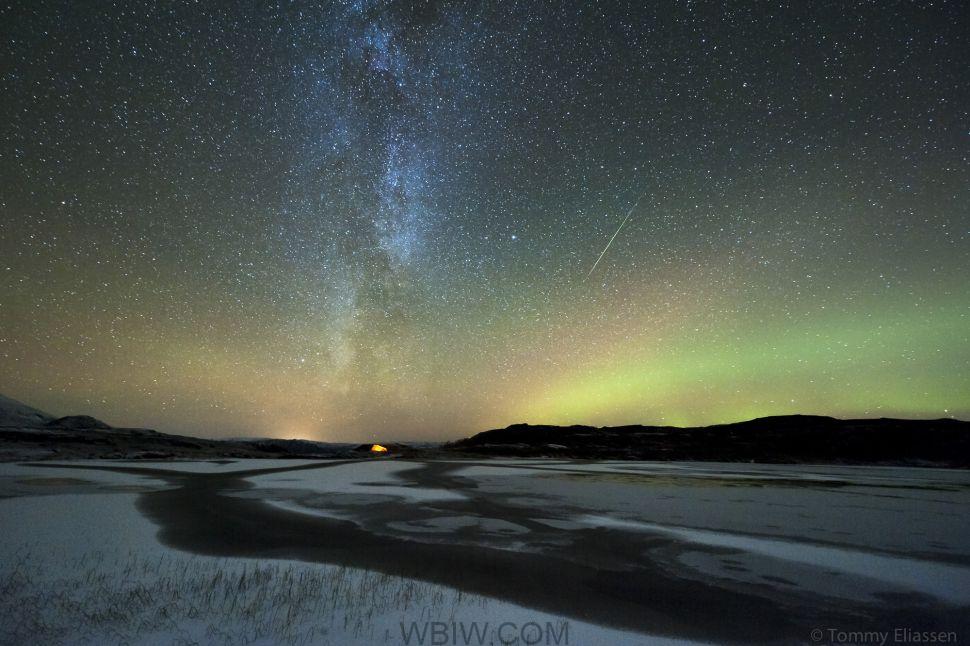
INDIANA – This year, the full Hunter’s Moon rises today, Wednesday, October 20th.
There are 13 full Moons each year, and each has a unique name. Many Native American tribes named the Moons to track the seasons. The full moon coming up this month was called the Corn Ripe Moon by the Taos and the Ripe Corn Moon by the Laguna. The Nez Perce called this the Falling Leaves Moon. The Algonquin tribe named it the Hunter’s Moon which is what astronomers use today.

The Harvest and Hunter’s Moons are the annual full Moons whose nightly appearances are delayed by the most minimal amount. Normally the Moon rises about one hour later each night. But the Harvest and Hunter’s Moons come up only about half an hour later each night, an effect that begins a couple of nights before this full Moon and runs for 3 or 4 nights in a row.
The moon will rise in the constellation of Cetus, the whale. However, by 10 p.m. local time tonight (Oct. 20), the moon will move into the constellation Pisces, the fishes.
While the Hunter Moon provides extra moonlight, it does not appear bigger, smaller, redder, dimmer, or brighter.
The full Hunter’s Moon also occurs alongside the peak of the Orionid meteor shower this week. The Orionids meteor shower will peak between midnight and sunrise on Thursday (Oct. 21), at which point upwards of 10-20 meteors may be visible per hour. However, the brightness of the full moon may make it more challenging to spot a shooting star.
The Orionids, like all meteor showers, are named after the constellation from which they appear to come from, which in this case is Orion the Hunter. While the constellation is best visible in the Northern Hemisphere, the meteor shower is visible in both the Northern and Southern hemispheres.

“The Orionids are also framed by some of the brightest stars and planets in the night sky, which lend a spectacular backdrop for these showy meteors,” NASA officials wrote on a reference page about the annual shower.
Remnants from this shower, as well as the Eta Aquarids in May, come from Halley’s Comet. The comet is the most famous “periodic” visitor to the inner solar system, swinging by the sun every 76 years. It was last visible from Earth in 1986, and will not approach the area again until 2061. The comet leaves behind a debris trail of small fragments, into which Earth plows twice a year.



